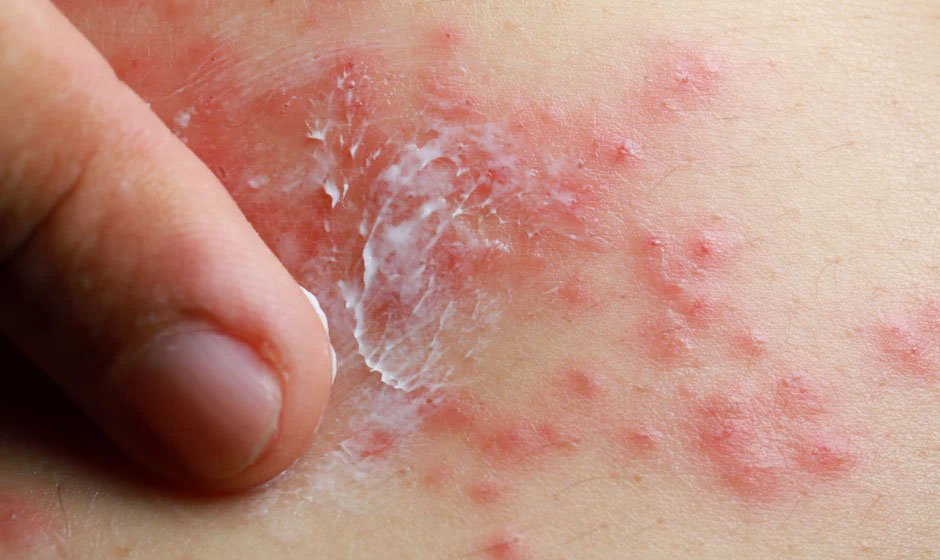Introduction
In the realm of health conditions, adult diaper rash is a common concern among individuals who use diapers or incontinence briefs. This article delves into the symptoms, causes, and effective treatments for adult diaper rash. Whether you are a caregiver or an individual facing this issue, gaining insights into this condition is essential for proper care.
Symptoms of Adult Diaper Rash
Adult diaper rash manifests with various symptoms, mirroring those observed in babies and toddlers. These symptoms may include:
- Pink, dry skin in mild rashes
- Red, irritated, raw, inflamed, or burnt-looking skin in more severe cases
- Skin lesions
- Burning sensation
- Itching
These manifestations can appear on the buttocks, thighs, genitals, and may extend to the hip area. In the case of a candida diaper rash, caused by a yeast infection, the skin may be bright red, slightly raised, with small red bumps extending beyond the main rash area.
Common Causes of Adult Diaper Rash
Understanding the causes is crucial for effective management. The common causes of adult diaper rash include:
- Skin Irritation: Friction from wet skin against the diaper or prolonged exposure to chemicals in urine and stool.
- Allergic Reaction: Sensitivity to perfumes in diaper materials, particularly in elderly adults using incontinence briefs.
- Improper Washing: Inadequate cleaning of the genital area during bathing, leading to rash development around the diaper-worn area.
- Candida: Yeast infections thrive in warm, moist areas. Frequent diaper changes can reduce the risk of this type of infection.
- Fungal Infection: Other fungal infections can also contribute to the development of adult diaper rash.
Treatment Options
In most cases, mild adult diaper rash can be treated at home. Over-the-counter (OTC) zinc oxide diaper creams are effective treatments. Examples include:
- Balmex Adult Care Rash Cream
- Calmoseptine Diaper Rash Ointment
- Z-Bum Daily Moisturizing Diaper Rash Cream
- Desitin Rapid Relief Zinc Oxide Diaper Rash Cream
Instructions for Treatment:
- Apply diaper rash ointment or cream liberally to the affected area, two to four times a day.
- For painful rashes, excessive product can be patted off, and any residue should be fully removed during bathing.
- If necessary, cover the cream or ointment with petroleum jelly to prevent sticking and put on a clean, dry diaper.
- Allowing the affected area to air out for a few minutes daily without a diaper promotes healing.
Treatment for Candida Infection:
- If the rash is due to a yeast or fungal infection, topical antifungals like nystatin or ciclopirox should be applied two to four times a day.
- Severe cases may require application with every diaper change, and oral tablets like fluconazole (Diflucan) may be prescribed.
When to Seek Help
While most cases of diaper rash resolve with home treatment, elderly adults are more prone to infections due to a weakened immune system. Consult a doctor if:
- The rash worsens after three days of home treatment.
- Oozing, bleeding, or pus occurs from the affected area.
- The rash is accompanied by a fever.
- Burning or pain is experienced during urination or bowel movements.
Complications and Outlook
Typically, adult diaper rash doesn’t result in long-term complications. Proper treatment and management lead to resolution. In some cases, diaper rash may coexist with other skin conditions such as psoriasis, eczema, or seborrhea. Consult a doctor if such symptoms arise.
For those experiencing frequent diaper rashes, especially in nursing home care, it’s essential to notify a doctor. It may indicate neglect, inadequate diaper changes, or insufficient cleaning of the diaper area. With proper treatment and care, diaper rash generally clears up on its own.
Prevention
Preventing adult diaper rash involves:
- Cleaning and changing dirty diapers promptly to prevent moisture-related rash.
- Gentle cleaning of the diaper-covered area during each change.
- Thorough washing of the entire diaper area once a day.
- Allowing the diaper area to air out and dry.
- Applying a moisture barrier ointment before putting on a clean diaper.
Q&A: Adult Diaper Rash, No Diapers
Q: Can I develop a diaper rash even if I don’t wear diapers?
A: Yes, a diaper rash can develop without wearing diapers. Factors like a warm, moist environment, skin friction from tight-fitting garments, obesity, or certain medical conditions can lead to irritation or infection in the skin folds around the genital area.






